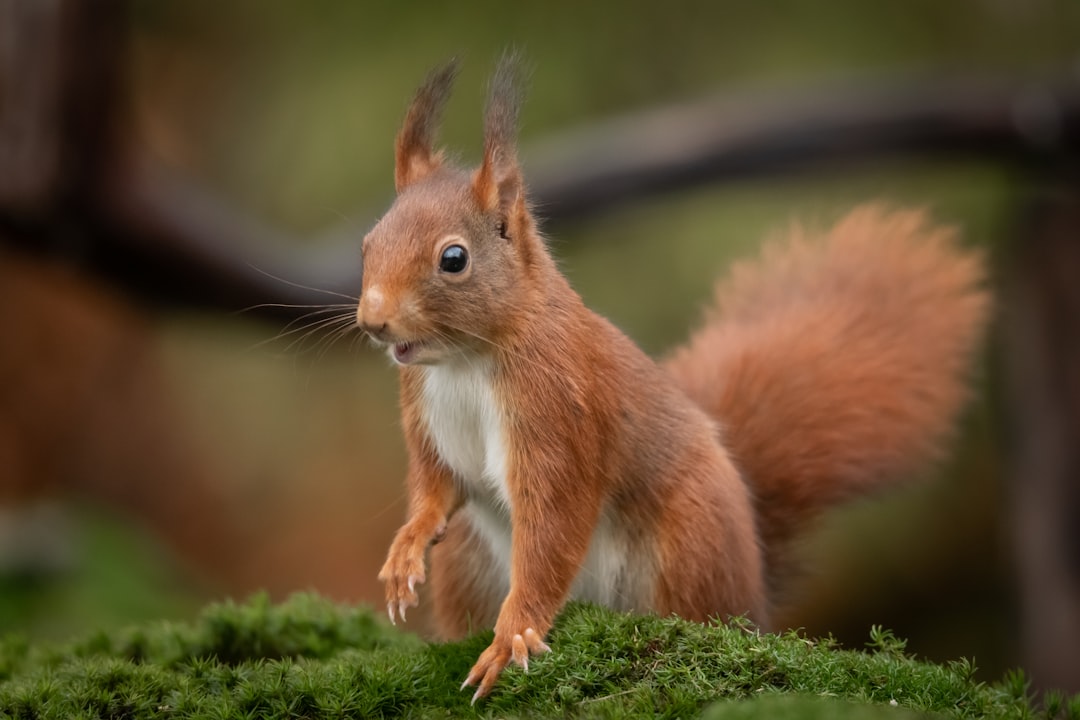What is it about?
Until the nineteenth century, taking food from rodent nests to supplement the diet was a widespread practice by several groups in Siberia. Rodents in northern areas, for example the root vole (Microtus oeconomus), depend on a constant food supply and therefore collect large quantities of plants in their underground caches. Often, but not only during colder seasons, Siberian peoples collected high-quality plant parts from the voles: roots, tubers, nuts, corms, bulbs and seeds. In this historical ethnobiological study, we analyse a little known Siberian practice of gathering food resources from rodent stores, with comparative perspectives from northern Europe and North America. The study also discusses the importance of local knowledge and circumpolar strategies for avoiding starvation.
Featured Image

Photo by Daniel Born on Unsplash
Why is it important?
With strong fluctuations in food availability throughout the year, and periodic shortage of plant resources, the gathering of vegetables from rodent stores in Siberia shows how humans adapted and developed strategies to subsist in extreme conditions. Today the custom has disappeared, but the earlier tradition reflected a close and interactive relationship between humans and animals: giving something back was crucial, as nothing could be taken without an exchange. Nature gave to humans, and humans had to return gifts to nature and take care of it.
Perspectives
Research on Siberian survival customs is scarce, as are the sources, but comparative research between Siberia and North America could provide new, interesting finds. Plant use in Siberia needs to be researched in a broader context, and with ethnobiological methods combined with archaeological finds. The circumpolar area is highly interesting, as it shows how humans lived in a very close relationship with an unpredictability environment and climate, on which their survival depended.
Dr. Sabira Ståhlberg
Independent Scholar
Read the Original
This page is a summary of: Gathering Food from Rodent Nests in Siberia, Journal of Ethnobiology, September 2010, Society of Ethnobiology,
DOI: 10.2993/0278-0771-30.2.184.
You can read the full text:
Contributors
The following have contributed to this page










